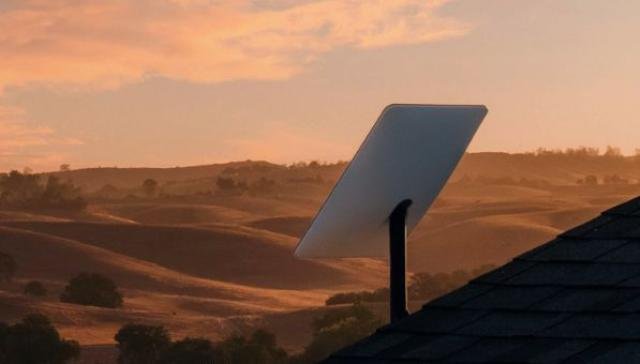SpaceX’s Starlink satellite internet service experienced one of its most severe global disruptions on Thursday, causing significant inconvenience for tens of thousands of users across the United States and Europe.

The outage, which lasted approximately 2.5 hours, was triggered by a failure of critical internal software services that run the core network. For a service known for high reliability, especially in remote and underserved regions, the event raised questions about resilience, transparency, and user trust, Reuters news report said.
The Nature of the Outage
The outage began at around 3 p.m. EDT (1900 GMT) and was quickly reported by more than 61,000 users, according to the Downdetector platform. This volume of reports indicated the scale of the disruption, with users losing access to internet connectivity through the Starlink network. SpaceX later confirmed the issue, attributing it to a breakdown in key software systems. Both Michael Nicolls, VP of Starlink Engineering, and Elon Musk issued public apologies and pledged to identify and fix the root cause.
Though the service was largely restored within hours, the disruption marked the longest and most widespread outage in Starlink’s recent operational history.
Customer Experience and Reaction
For a user base that now exceeds 6 million across 140 countries, even short-term outages can have serious consequences, especially in areas where Starlink is the only viable alternative to fiber or cellular broadband. Many Starlink customers include rural households, disaster recovery teams, maritime operators, and even military units—users who rely heavily on uninterrupted service.
Key concerns raised by customers during the outage included:
Lack of Redundancy: The software failure exposed a weakness in Starlink’s fault-tolerant architecture. Customers voiced concerns over the absence of adequate failover mechanisms to handle internal service disruptions.
Limited Communication: Although SpaceX responded on X (formerly Twitter), many users felt the company was slow to acknowledge the problem and provide real-time updates. The lack of detailed status information during the outage added to customer frustration.
Dependence on a Single Provider: With Starlink dominating the satellite internet market and expanding into mobile services through its T-Mobile partnership, the outage highlighted the risks of centralizing infrastructure in a single provider’s ecosystem.
Implications for Critical Services
While there was no confirmation that government or military services were impacted, concerns remain. Starlink’s military-grade counterpart, Starshield, supports sensitive operations and has contracts with the Pentagon and intelligence agencies. Any cascading failure into that segment—even if purely speculative at this point—would carry national security implications.
Gregory Falco, director of a space and cybersecurity lab at Cornell University, noted that the incident bore similarities to the recent CrowdStrike update failure that disrupted millions of Microsoft Windows systems globally. While Falco did not confirm the cause, he speculated that either a flawed software rollout or a cyberattack could be responsible. Doug Madory of Kentik added that a global interruption of this nature was rare and likely unprecedented in Starlink’s operational history.
Industry Impact
The outage comes at a time when SpaceX is rapidly scaling its network by launching more powerful satellites and integrating features like direct-to-cell messaging, a critical future service for emergency communication and rural coverage. The company has already deployed over 8,000 satellites since 2020, creating a distributed low-Earth orbit (LEO) network that has reshaped global internet access.
However, this rapid growth may also introduce complexity and vulnerabilities, especially as demands for bandwidth, latency, and software precision rise. Customers, partners, and regulators will be watching closely for how SpaceX handles root-cause resolution and builds safeguards against future outages.
Conclusion:
Starlink’s brief but significant outage on Thursday exposed cracks in the robustness of one of the world’s fastest-growing satellite networks. While service was restored in a few hours, the customer experience was marred by uncertainty, poor communication, and heightened awareness of dependence on a single-provider system. Going forward, SpaceX must demonstrate technical resilience, transparency, and customer responsiveness to preserve trust and support its ambitious plans in both commercial and defense communications.
TelecomLead.com News Desk
